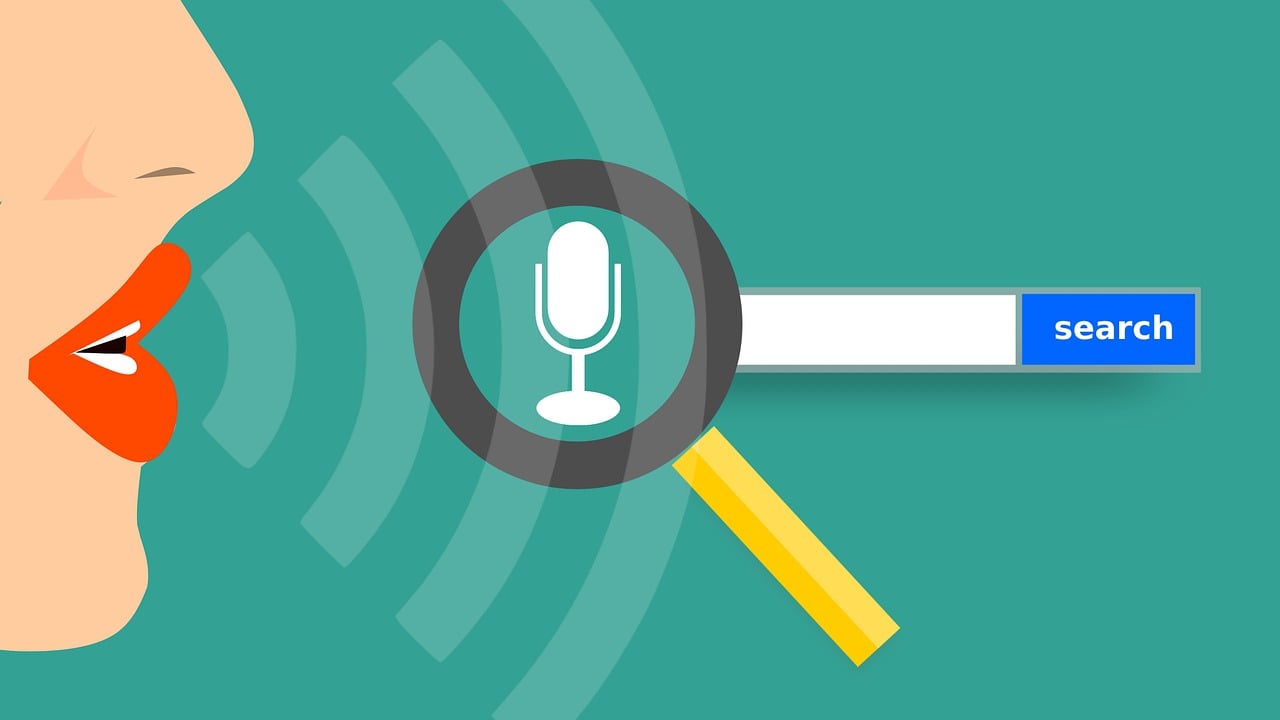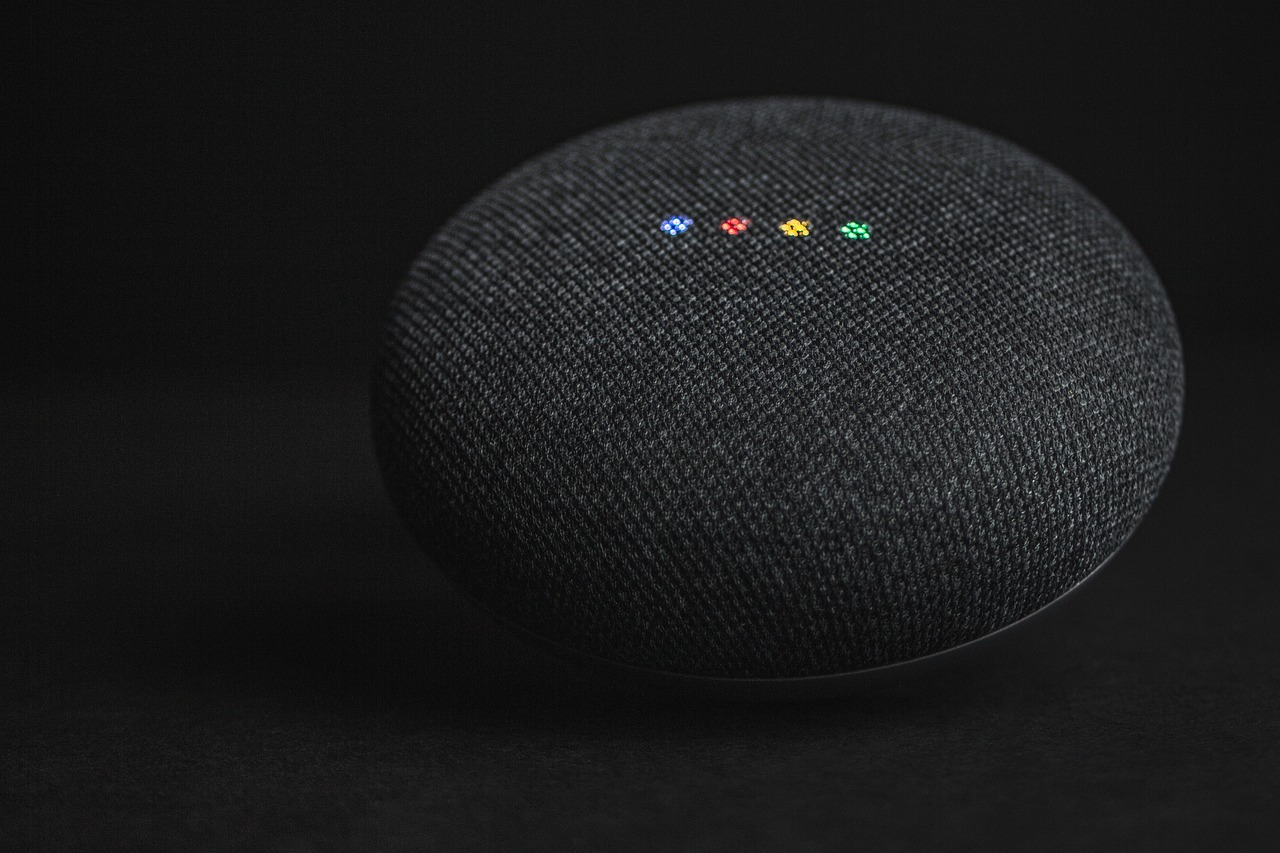Understanding Voice-Activated Assistants
Voice-activated assistants have become an integral part of modern smart homes, offering a hands-free and intuitive way to control various aspects of our living spaces. These artificial intelligence-powered systems use natural language processing to interpret and respond to voice commands, enabling users to manage their home automation devices effortlessly.
Key Features of Voice-Activated Assistants
Voice-activated assistants come with a wide range of features that make them indispensable in smart home ecosystems. While each assistant has its unique capabilities, they share many common functionalities:
- Natural Language Processing: Ability to understand and interpret spoken commands
- Device Control: Management of smart home devices like lights, thermostats, and locks
- Information Retrieval: Answering questions and providing real-time information
- Scheduling and Reminders: Setting alarms, creating calendar events, and providing reminders
- Music and Media Control: Playing audio, controlling playback, and managing streaming services
- Shopping and Orders: Making online purchases and tracking deliveries
- Multi-User Support: Recognizing different voices and providing personalized responses
| Assistant | Key Strengths | Unique Features |
|---|---|---|
| Amazon Alexa | Vast skill library | Whisper Mode, Alexa Guard |
| Google Assistant | Web search integration | Continued Conversation, Interpreter Mode |
| Apple Siri | Privacy focus | Seamless Apple ecosystem integration, Offline mode |
How Voice Recognition Technology Works
Voice recognition technology involves several complex processes to convert spoken words into actionable commands:
- Speech Capture: The device’s microphone captures the audio input.
- Noise Reduction: Background noise is filtered out to isolate the voice command.
- Digitization: The analog sound waves are converted into digital data.
- Feature Extraction: Key characteristics of the speech are identified and analyzed.
- Phoneme Recognition: The digital data is broken down into basic sound units.
- Word Recognition: Phonemes are combined to form recognizable words.
- Natural Language Processing: The context and intent of the words are interpreted.
- Command Execution: The assistant carries out the interpreted command.
Enhancing Home Automation with Voice Control
Voice-activated assistants have transformed the way we interact with our homes, making smart home control more accessible and intuitive than ever before. By integrating voice commands with various smart devices, users can create a truly automated living space that responds to their needs effortlessly.
Setting Up Voice-Controlled Smart Devices
Connecting smart devices to your voice-activated assistant typically involves the following steps:
- Ensure your voice-activated assistant (e.g., Amazon Echo, Google Nest) is set up and connected to your home Wi-Fi network.
- Install the smart device according to the manufacturer’s instructions.
- Open the corresponding app (Alexa, Google Home, etc.) on your smartphone.
- Navigate to “Add Device” or a similar option within the app.
- Select the type of device you’re adding and follow the prompts to connect it to your network.
- Once connected, assign the device to a room and give it a unique name for easy voice control.
Common smart home devices compatible with voice control:
- Smart Lights: Philips Hue, LIFX, Sengled
- Smart Thermostats: Nest, ecobee, Honeywell
- Smart Locks: August, Schlage, Yale
- Smart Plugs: TP-Link Kasa, Belkin WeMo, Amazon Smart Plug
- Smart Speakers: Sonos, Bose, Marshall
- Smart TVs: LG, Samsung, Sony (with built-in voice assistants)
- Smart Cameras: Arlo, Ring, Nest Cam
- Smart Doorbells: Ring, Nest Hello, Arlo Essential
Creating Automation Routines
Automation routines allow users to control multiple devices with a single voice command, creating a truly seamless smart home experience. These routines can be customized to fit individual lifestyles and preferences.
| Routine Name | Trigger Phrase | Actions |
|---|---|---|
| Good Morning | “Alexa, good morning” | 1. Turn on bedroom lights<br>2. Raise smart blinds<br>3. Start coffee maker<br>4. Read news briefing |
| Movie Night | “Hey Google, movie night” | 1. Dim living room lights<br>2. Lower smart blinds<br>3. Turn on TV and sound system<br>4. Set thermostat to comfortable temperature |
| Bedtime | “Siri, it’s bedtime” | 1. Turn off all lights<br>2. Lock all doors<br>3. Set thermostat to night mode<br>4. Play sleep sounds |
| Leaving Home | “Alexa, I’m leaving” | 1. Turn off all lights and appliances<br>2. Set thermostat to energy-saving mode<br>3. Arm security system<br>4. Lock all doors |
To create a routine:
- Open your voice assistant’s app.
- Navigate to the “Routines” or “Automations” section.
- Select “Create New Routine” or a similar option.
- Choose a trigger (voice command, time, or event).
- Add the desired actions in the order you want them executed.
- Save and test your new routine.
Benefits of Voice-Activated Home Automation
The integration of voice-activated assistants into home automation systems offers numerous advantages, enhancing both the functionality of smart homes and the quality of life for their occupants.
Increased Convenience and Accessibility
Voice-activated assistants significantly improve the user experience of smart home systems by providing hands-free control and streamlining daily tasks.
Practical examples of tasks made easier with voice commands:
- Multitasking: Control lights or adjust thermostat while cooking or carrying items
- Accessibility: Enable elderly or mobility-impaired individuals to manage home devices easily
- Quick Information: Check weather, traffic, or schedules without interrupting current activities
- Hands-Free Communication: Make calls or send messages without touching a device
- Child-Friendly Control: Allow children to interact with home devices safely and easily
- Nighttime Convenience: Adjust lighting or temperature without getting out of bed
- Remote Access: Control home devices while away using smartphone apps
- Emergency Assistance: Call for help or activate emergency protocols using voice commands
Energy Efficiency and Cost Savings
Voice-activated home automation can lead to significant energy conservation and reduced utility bills by enabling more efficient control of energy-consuming devices.
| Device Type | Potential Annual Savings | Energy-Saving Features |
|---|---|---|
| Smart Thermostats | $131 – $145 | Adaptive scheduling, occupancy detection |
| Smart Lighting | $50 – $100 | Automated on/off, dimming, occupancy sensing |
| Smart Plugs | $20 – $40 | Scheduled power-off, standby power reduction |
| Smart Appliances | $30 – $60 | Energy-efficient modes, usage optimization |
Source: Energy Star
Voice commands enable users to:
- Easily turn off all lights when leaving home
- Adjust thermostat settings for optimal comfort and efficiency
- Set schedules for appliances to run during off-peak hours
- Receive energy usage reports and suggestions for improvement
Popular Voice-Activated Assistants and Their Ecosystems

The market for voice-activated assistants is dominated by three major players: Amazon Alexa, Google Assistant, and Apple Siri. Each of these platforms offers unique features and integrates with a wide range of smart home devices.
Amazon Alexa
Amazon’s Alexa is known for its vast skills library and wide compatibility with third-party devices.
Key features of Amazon Alexa:
- Extensive smart home device support
- Customizable routines and skills
- Multi-room music playback
- Voice calling and messaging
- Alexa Guard for home security
Notable devices and services compatible with Alexa:
- Amazon Echo devices (speakers and displays)
- Ring doorbells and cameras
- Philips Hue smart lighting
- Nest and ecobee thermostats
- August and Yale smart locks
- Sonos speakers
- Dish Network and Fire TV
- Spotify and Amazon Music
Google Assistant
Google Assistant excels in natural language processing and seamless integration with Google services.
Key features of Google Assistant:
- Advanced conversational abilities
- Integration with Google services (Calendar, Maps, etc.)
- Real-time language translation
- Voice match for personalized responses
- Continued conversation mode
Notable devices and services compatible with Google Assistant:
- Google Nest smart speakers and displays
- Chromecast and Android TV devices
- Nest thermostats and cameras
- LIFX and Philips Hue smart lights
- August and Schlage smart locks
- Logitech Harmony universal remotes
- Spotify and YouTube Music
- LG and Samsung smart appliances
Apple Siri
Apple’s Siri focuses on privacy and security while offering seamless integration within the Apple ecosystem.
Key features of Apple Siri:
- Strong privacy protections
- Seamless integration with Apple devices and services
- Offline mode for certain commands
- Shortcuts app for custom automations
- HomePod multi-user support
Notable devices and services compatible with Siri:
- Apple HomePod speakers
- Apple TV and AirPlay 2 devices
- Ecobee thermostats
- Lutron Caséta lighting systems
- August and Yale smart locks
- Logitech Circle cameras
- Apple Music and Podcasts
- HomeKit-enabled smart plugs and sensors
Addressing Privacy and Security Concerns
As voice-activated assistants become more prevalent in our homes, it’s crucial to address the privacy and security implications of these always-listening devices.
Managing Data and Privacy Settings
To protect personal data and manage privacy when using voice-activated assistants:
- Review and delete voice recordings: Regularly check and remove stored voice data.
- Customize wake word sensitivity: Adjust to prevent accidental activations.
- Disable personalized advertising: Opt-out of ad personalization in assistant settings.
- Use mute buttons: Physically mute microphones when privacy is needed.
- Enable voice recognition: Prevent unauthorized users from accessing personal information.
- Manage third-party skill permissions: Review and revoke unnecessary access for linked services.
- Keep software updated: Ensure your devices have the latest security patches.
- Use two-factor authentication: Add an extra layer of security to your assistant’s account.
Preventing Unauthorized Access
Securing your smart home ecosystem against unauthorized access is essential for maintaining privacy and preventing potential security breaches.
| Security Feature | Alexa | Google Assistant | Siri |
|---|---|---|---|
| Voice Match | Available | Available | Available on HomePod |
| Two-Factor Authentication | Available | Available | Available |
| Explicit Confirmation | Available for sensitive actions | Available for sensitive actions | Available for sensitive actions |
| Guest Mode | Available | Available | Not available |
| Activity Log Review | Available | Available | Limited |
To enable these security features:
- Open your voice assistant’s app.
- Navigate to the Settings or Security section.
- Look for options like “Voice Match,” “Two-Step Verification,” or “Explicit Confirmation.”
- Follow the prompts to set up each security feature.
Additionally, consider implementing network-level security measures:
- Use a strong, unique Wi-Fi password
- Enable WPA3 encryption on your router if available
- Create a separate IoT network for smart devices
- Regularly update firmware on your router and smart devices
Future Trends in Voice-Activated Home Automation
The field of voice-activated home automation is rapidly evolving, with new technologies and innovations constantly emerging. As artificial intelligence and machine learning continue to advance, we can expect significant improvements in the capabilities and integration of voice-activated assistants.
Integration with AI and Machine Learning
Advancements in AI and machine learning are set to enhance voice assistants in several ways:
- Improved Natural Language Understanding: Better comprehension of context, nuance, and complex queries.
- Predictive Assistance: Anticipating user needs based on patterns and behavior.
- Enhanced Personalization: More accurate user profiles for tailored responses and recommendations.
- Emotion Recognition: Ability to detect and respond to user emotions in speech.
- Multilingual Support: Seamless translation and support for multiple languages.
- Contextual Awareness: Understanding and responding based on location, time, and user activity.
- Advanced Voice Synthesis: More natural and expressive voice responses.
- Continuous Learning: Improving performance over time through user interactions.
Expansion of Voice-Controlled Ecosystems
The range of devices and services compatible with voice assistants is expected to grow significantly, creating more comprehensive and interconnected smart home ecosystems.
| Emerging Smart Devices | Expected Impact |
|---|---|
| Smart Appliances | Voice-controlled cooking, laundry, and cleaning |
| Health Monitoring Devices | Voice-activated health checks and medication reminders |
| Smart Mirrors | Information display and grooming assistance |
| Smart Windows | Voice-controlled tinting and energy management |
| Robotic Assistants | Voice-commanded household tasks and companionship |
| Smart Furniture | Adjustable comfort settings and integrated technology |
| Augmented Reality Displays | Voice-activated information overlays in living spaces |
As these ecosystems expand, we can expect:
- Increased Interoperability: Better communication between devices from different manufacturers.
- Standardization: Development of common protocols for smart home devices.
- Edge Computing: Faster response times and improved privacy through local processing.
- Enhanced Energy Management: More sophisticated control over home energy consumption.
- Integrated Security Systems: Comprehensive voice-controlled home security solutions.
Voice-activated assistants are poised to become even more central to our daily lives, offering increasingly sophisticated and seamless control over our home environments. As the technology continues to evolve, it will be crucial to balance the conveniences offered by these systems with ongoing considerations of privacy, security, and ethical use of AI in our most personal spaces.

